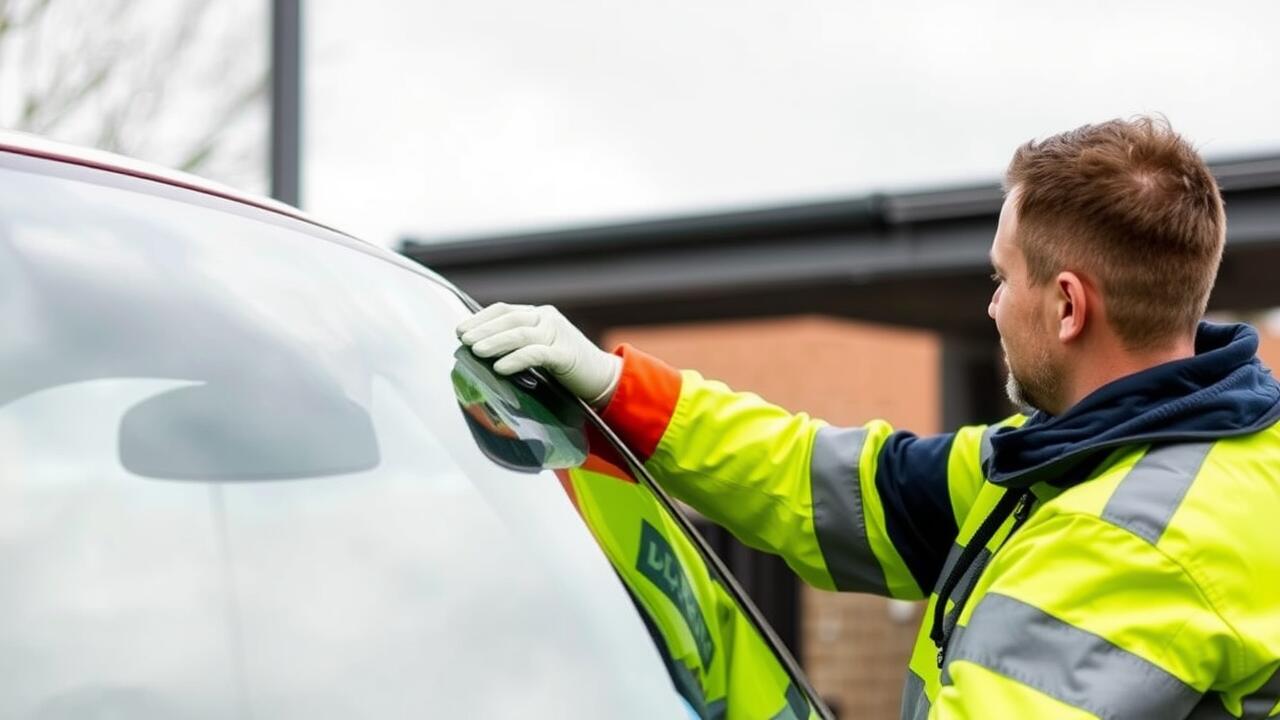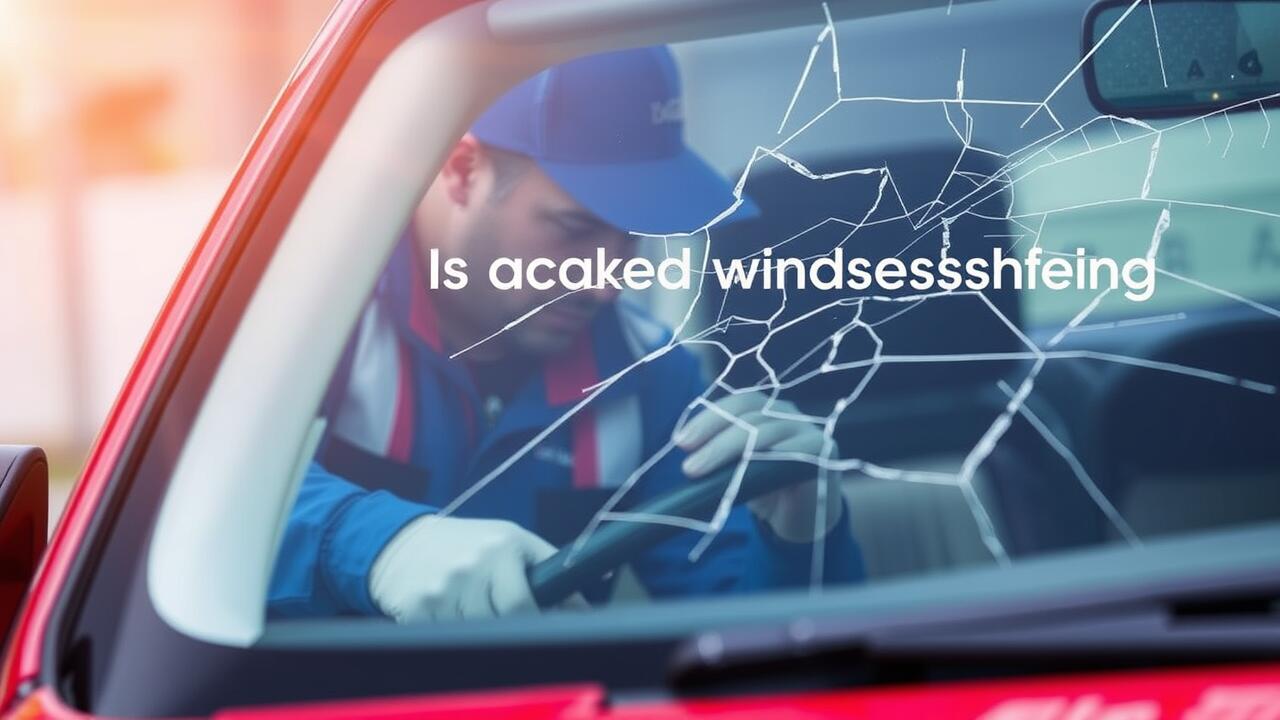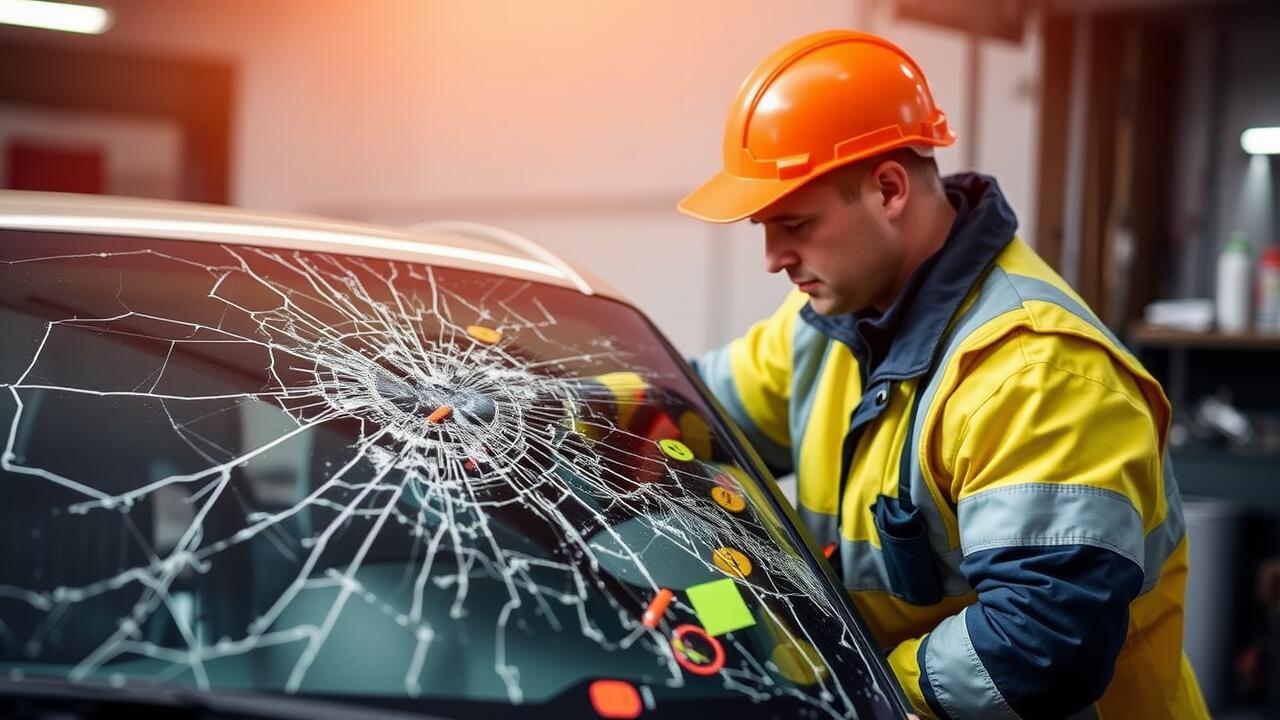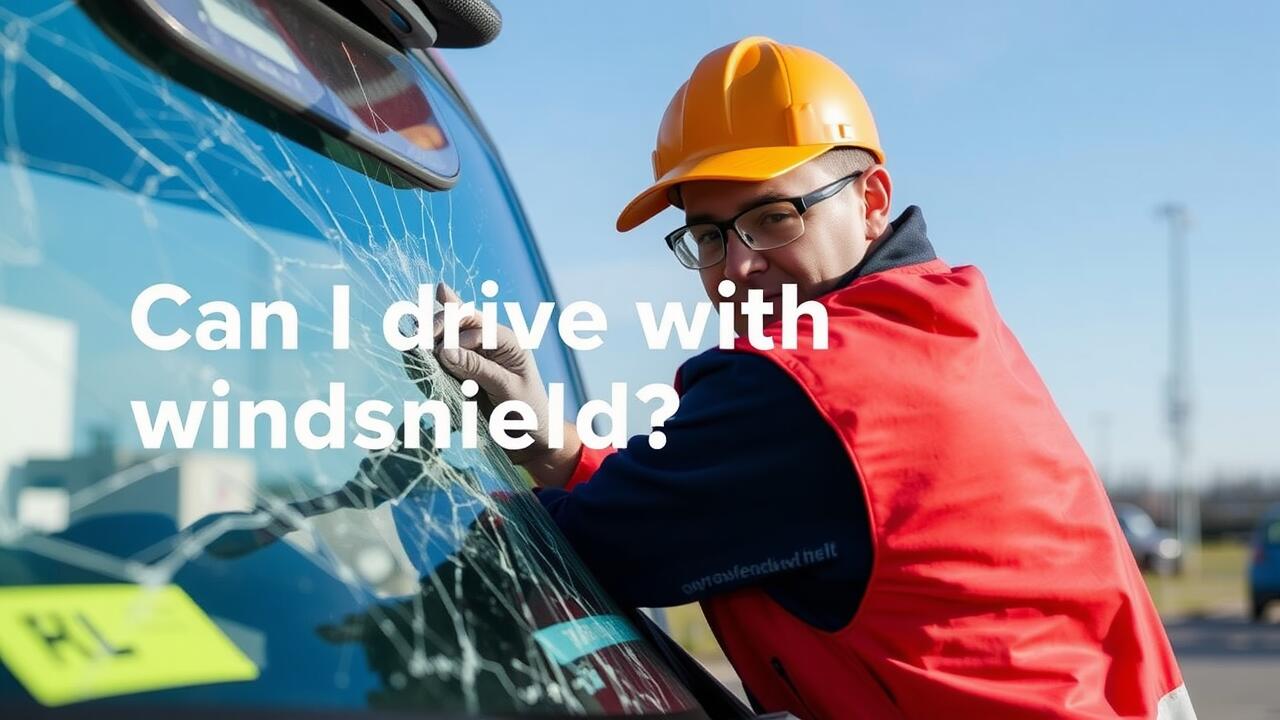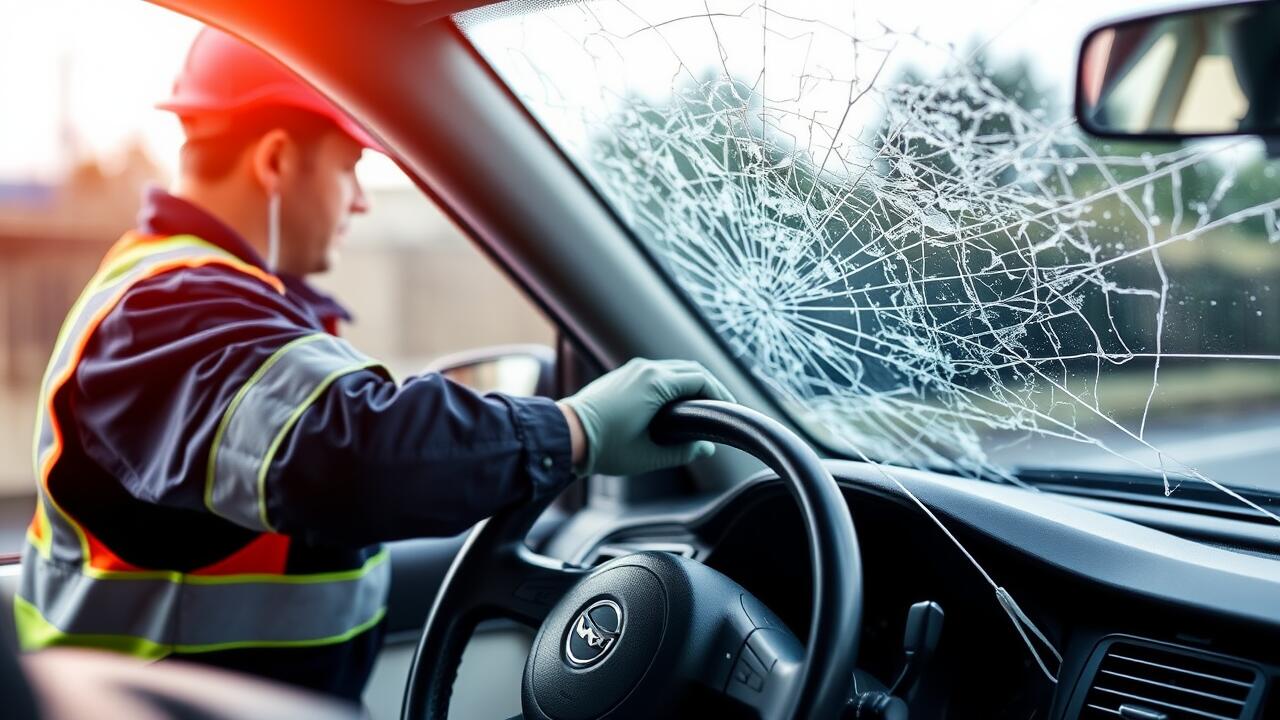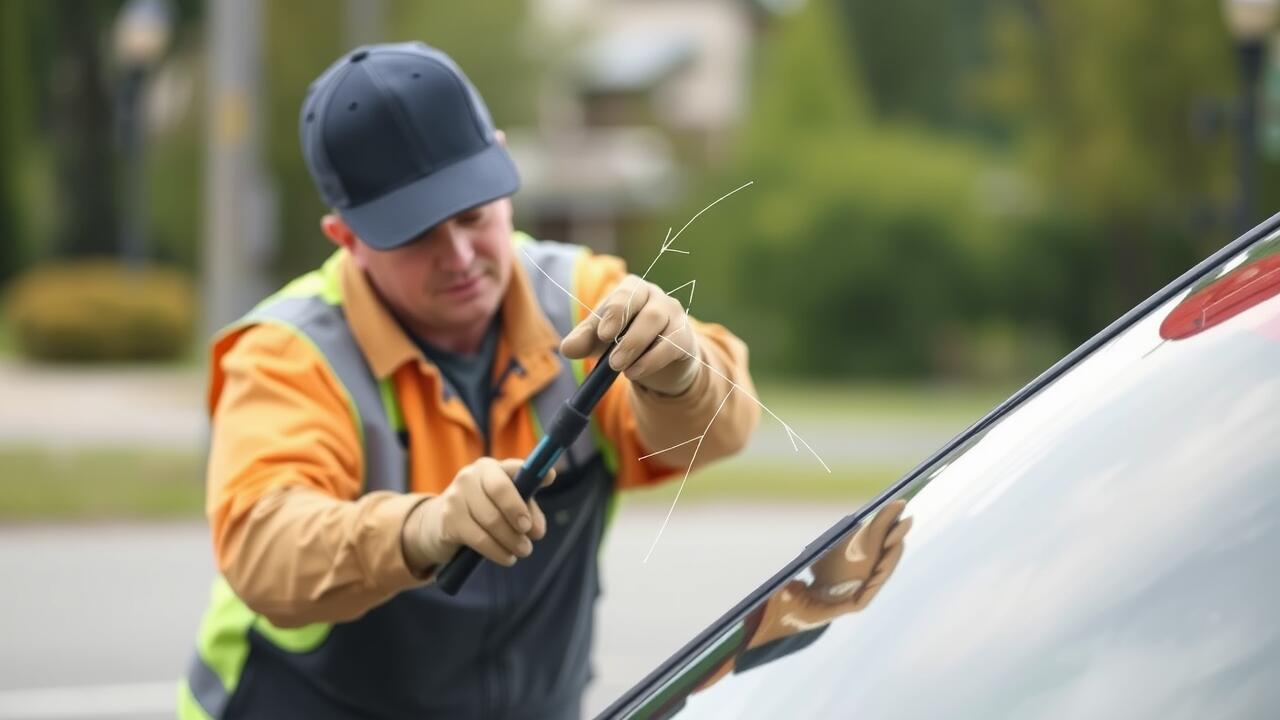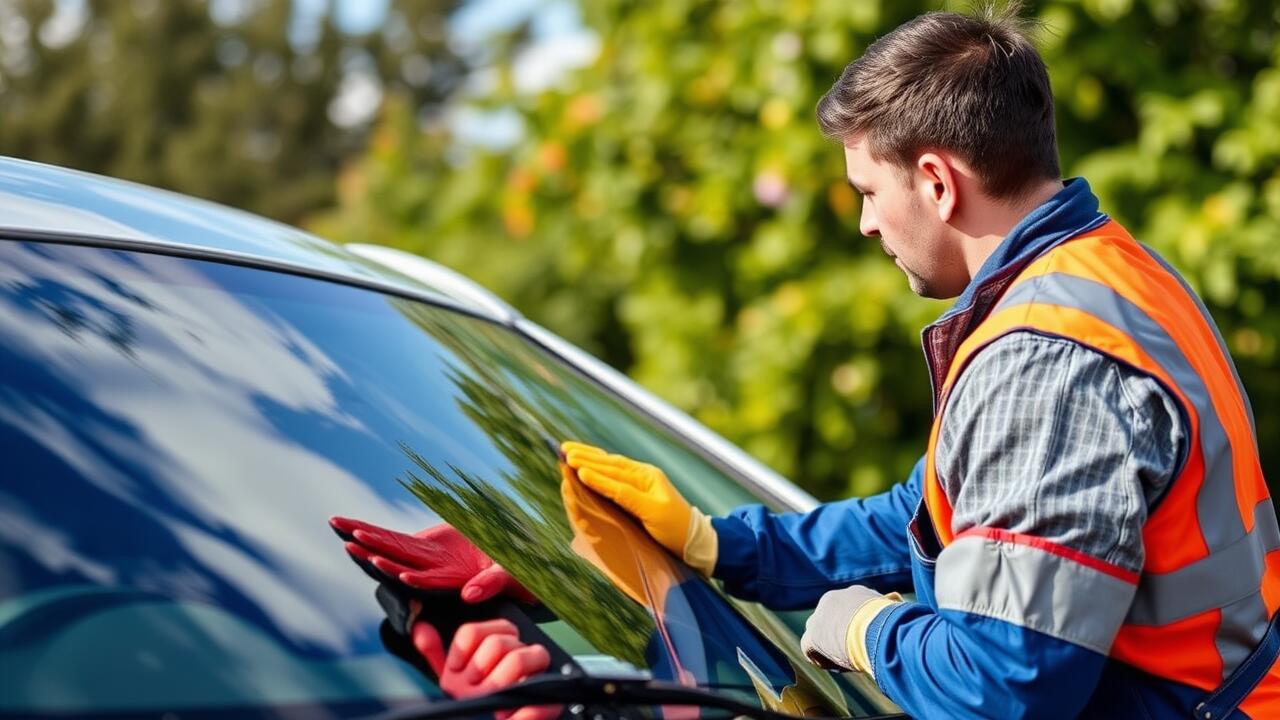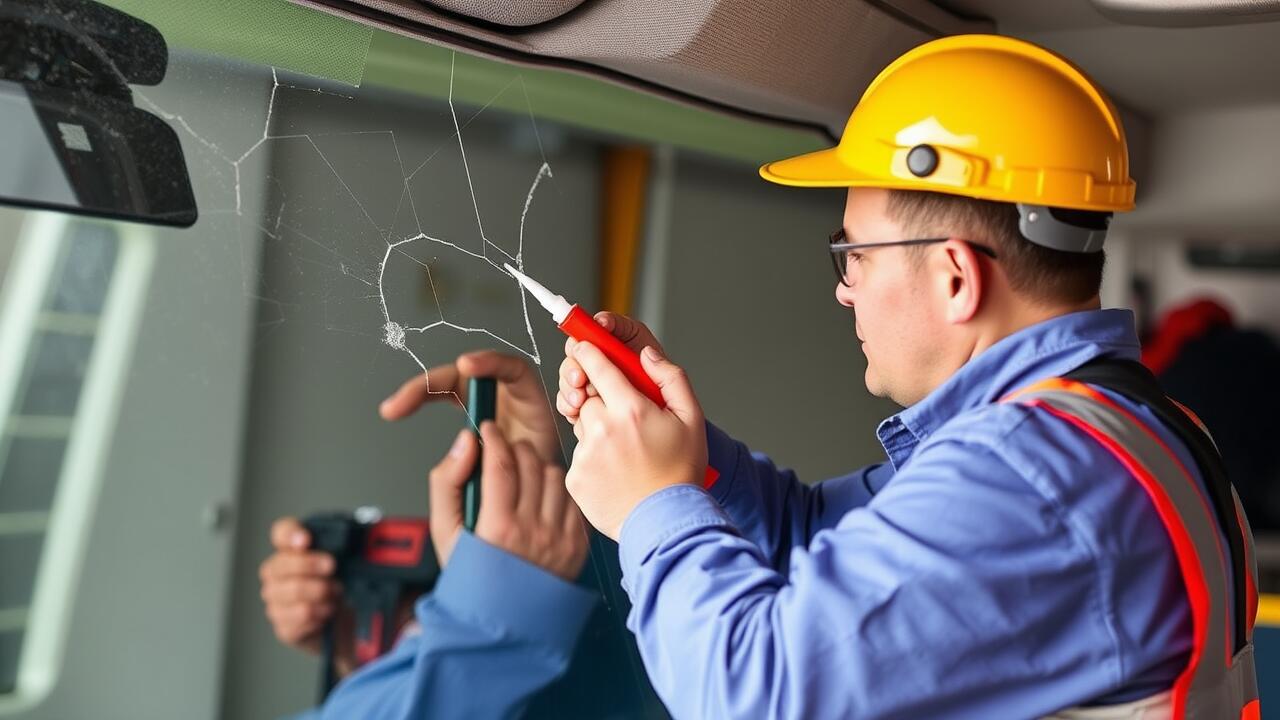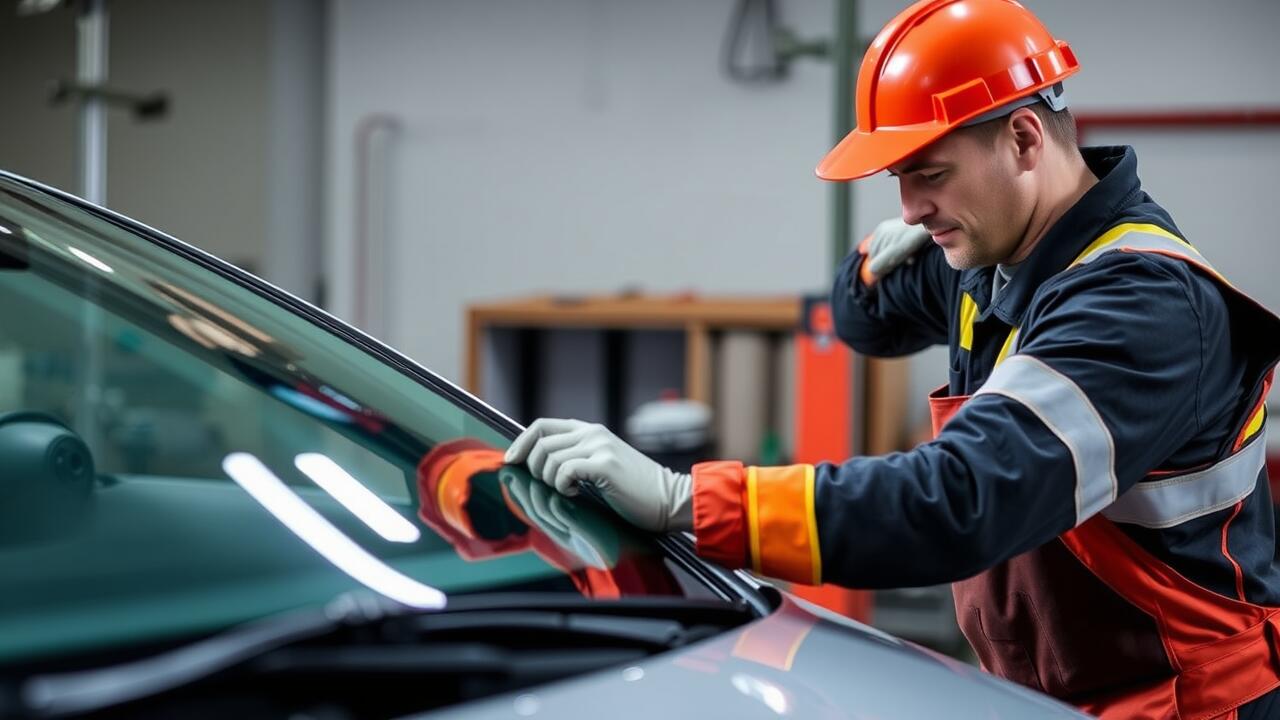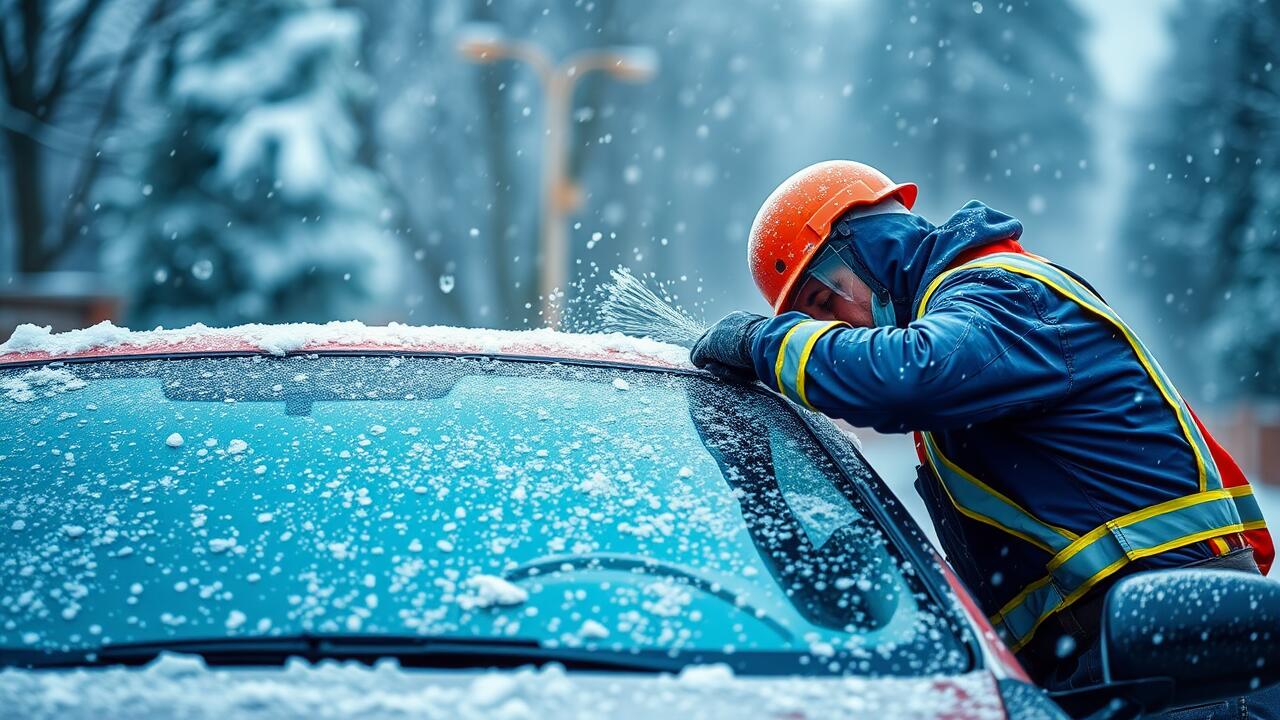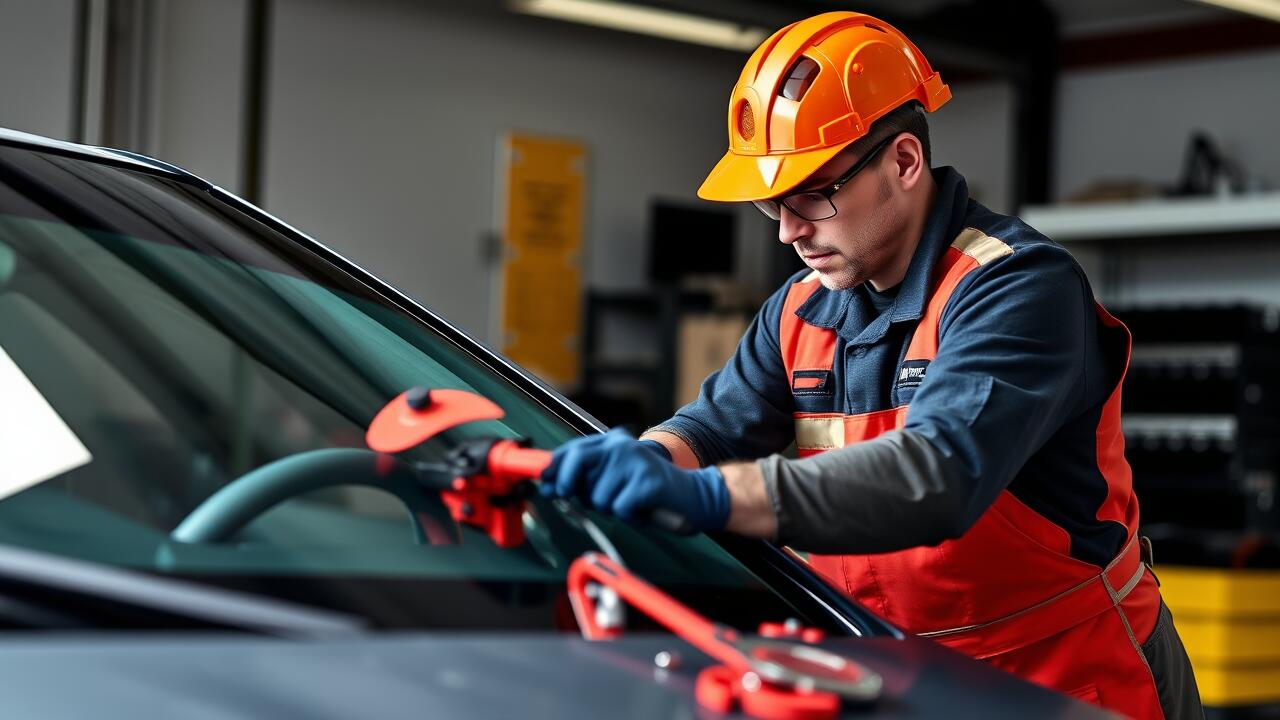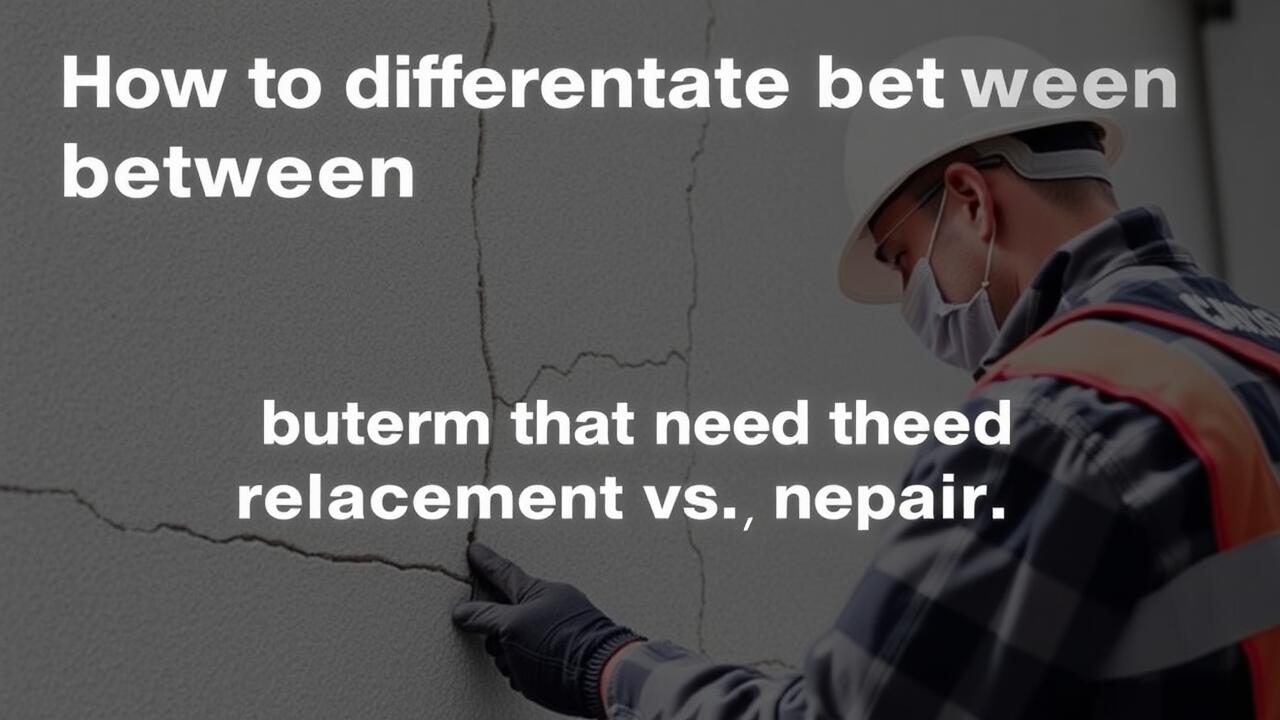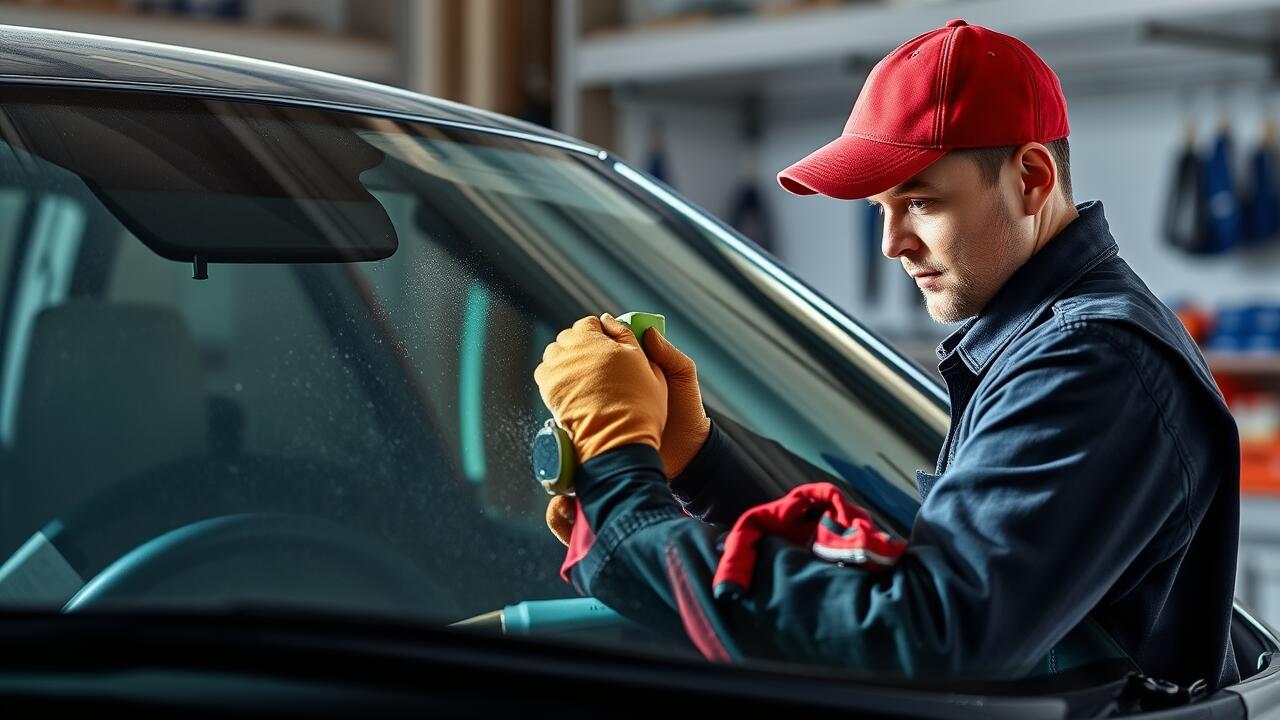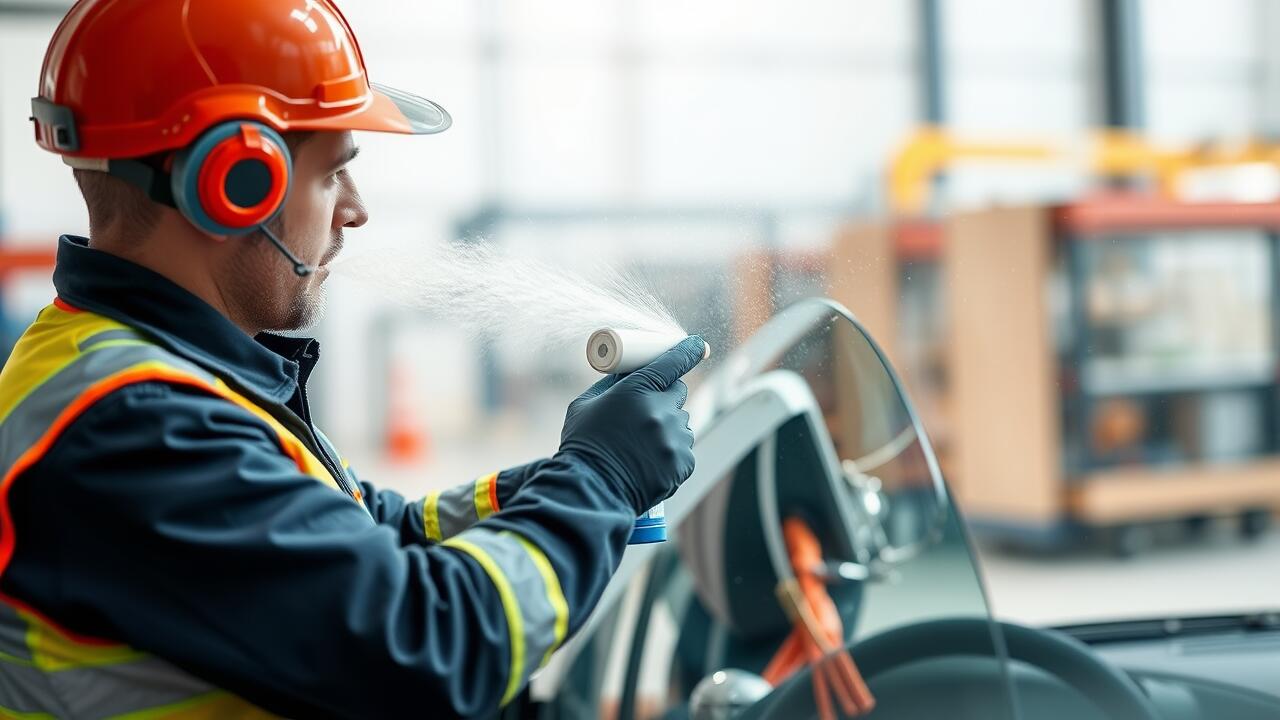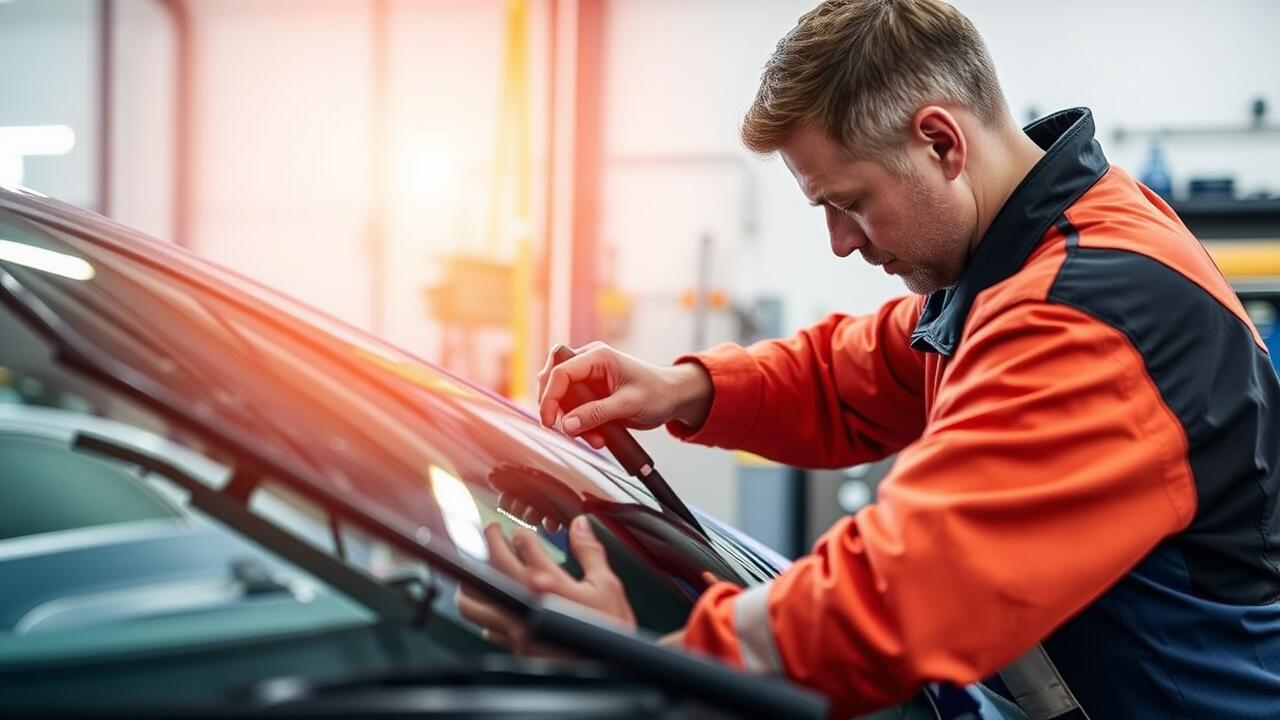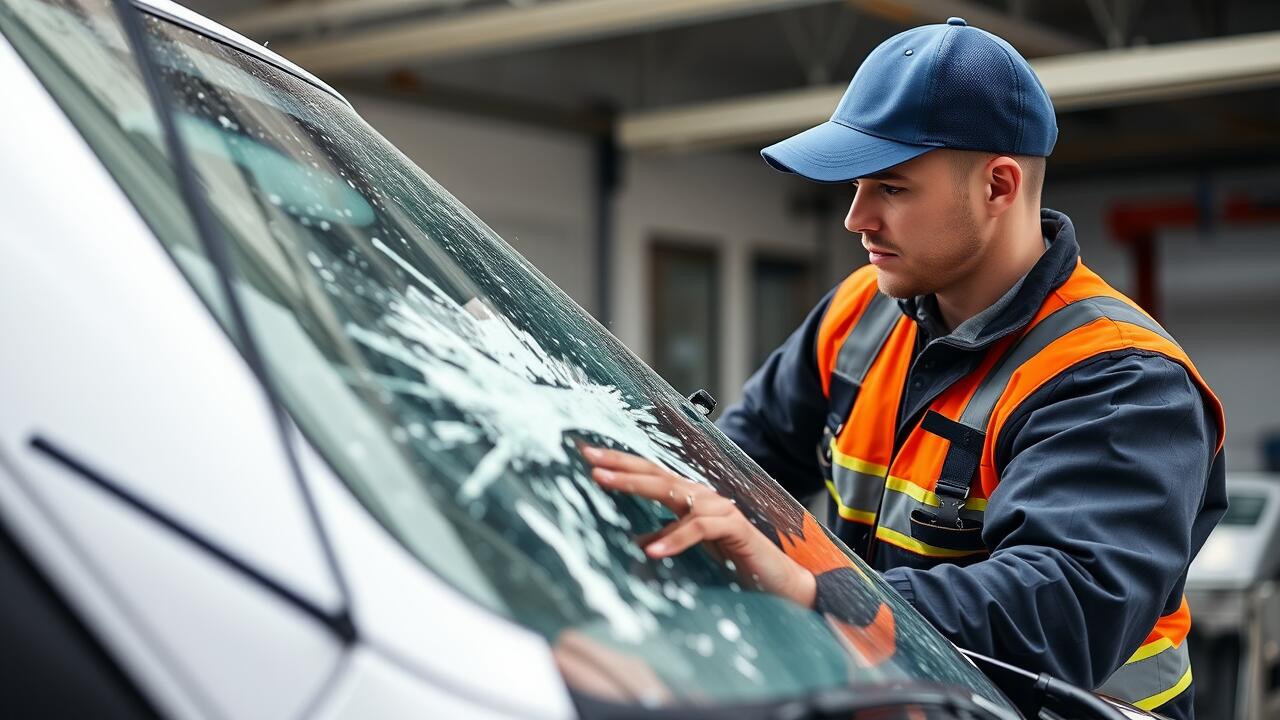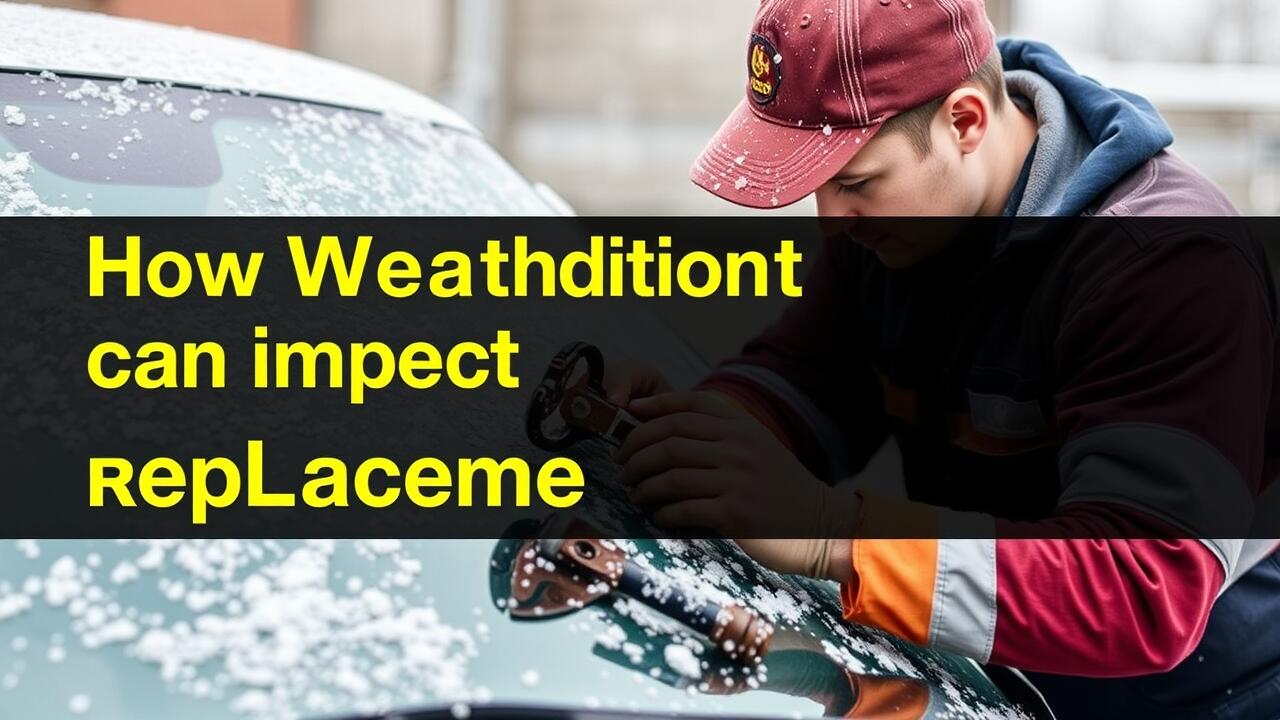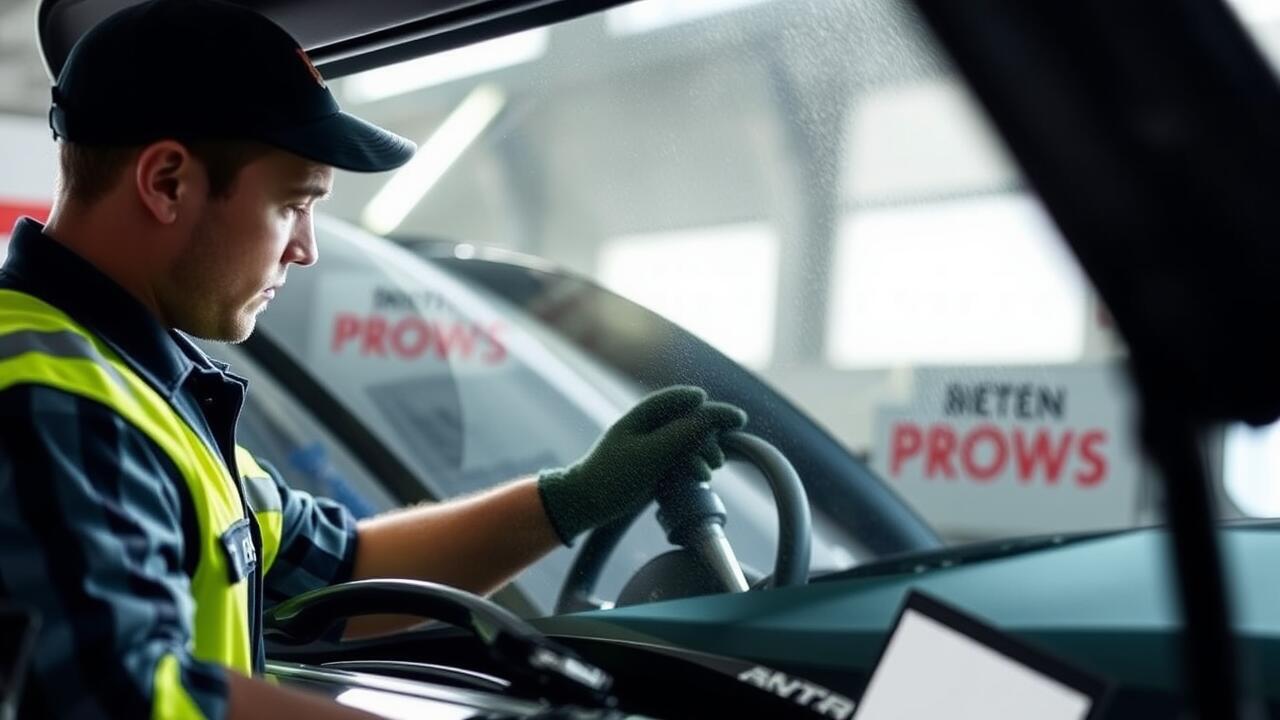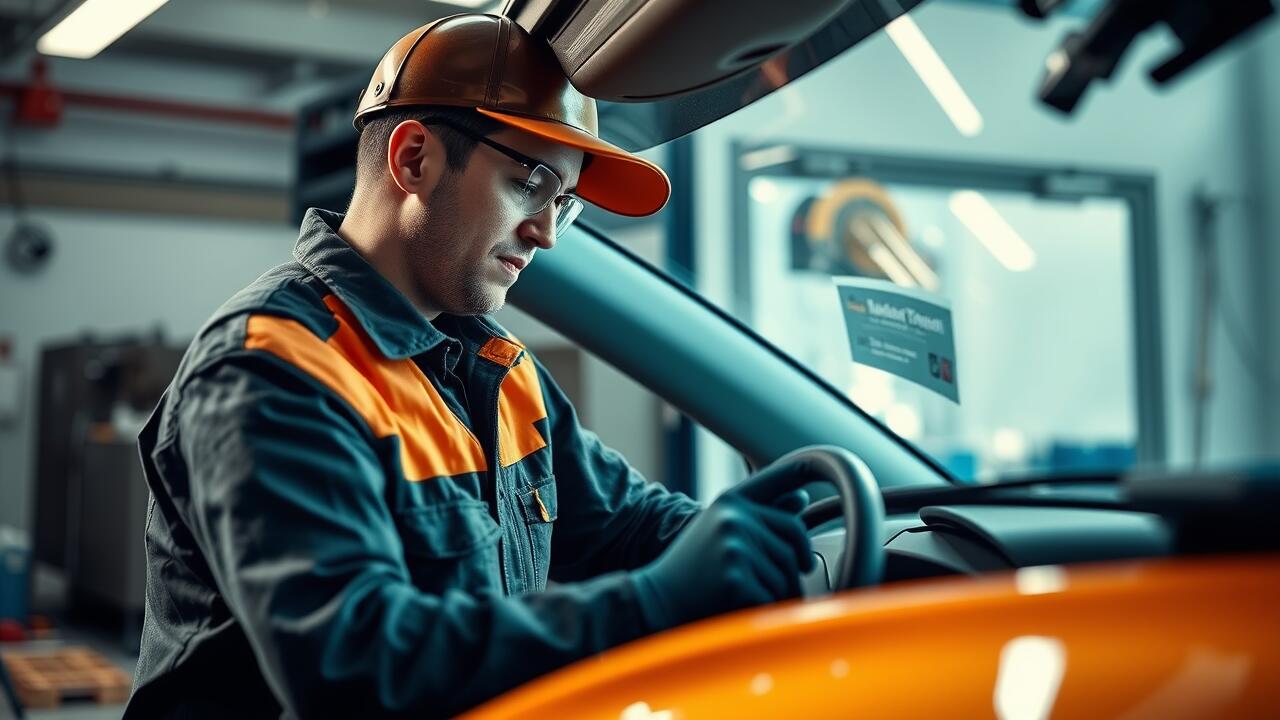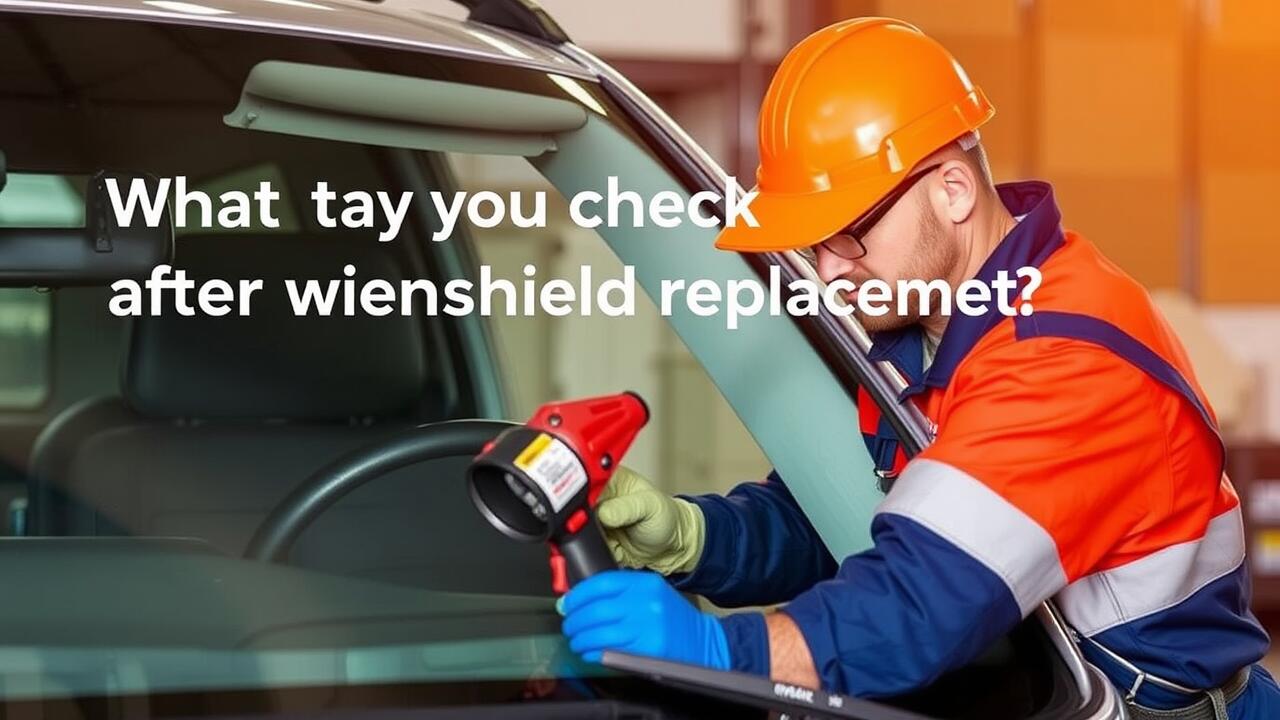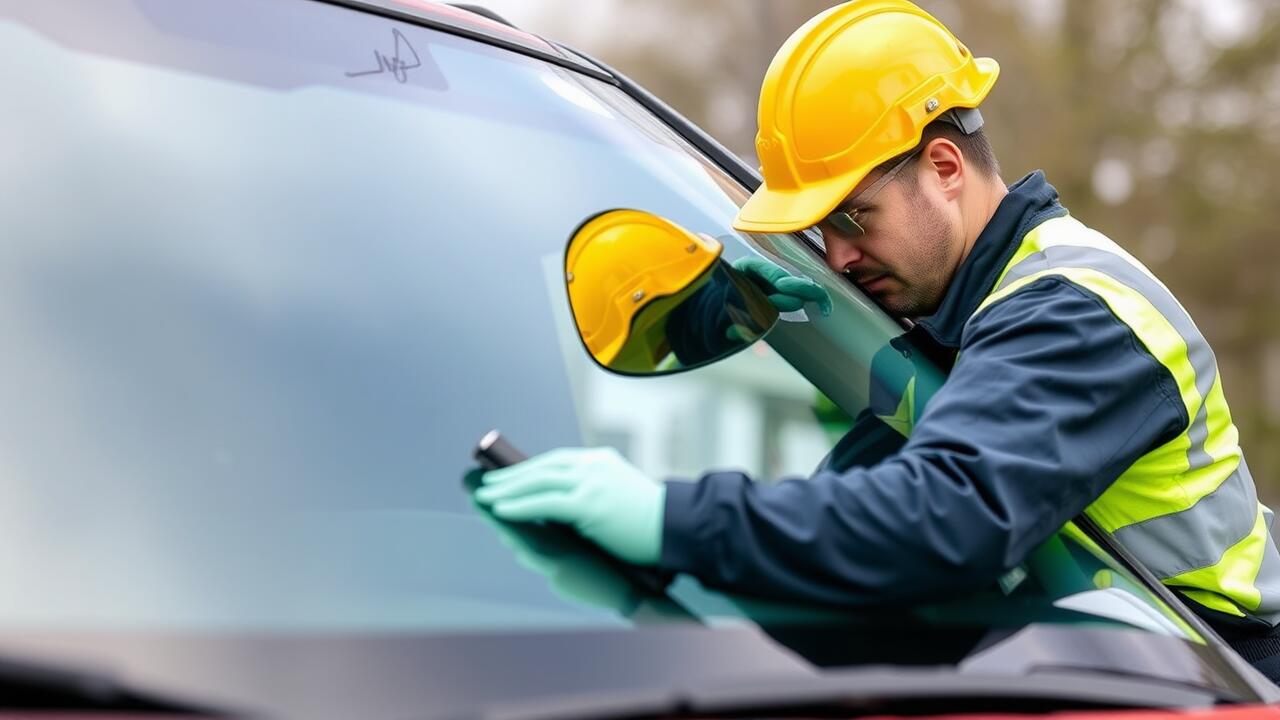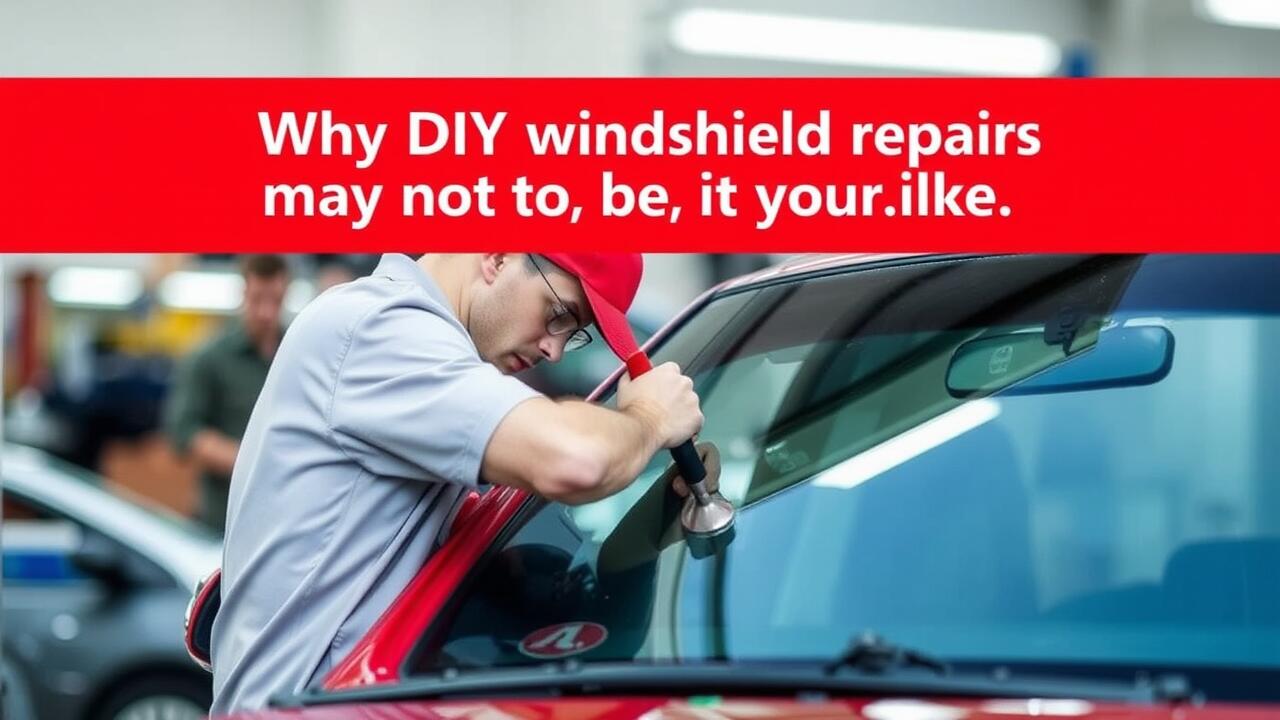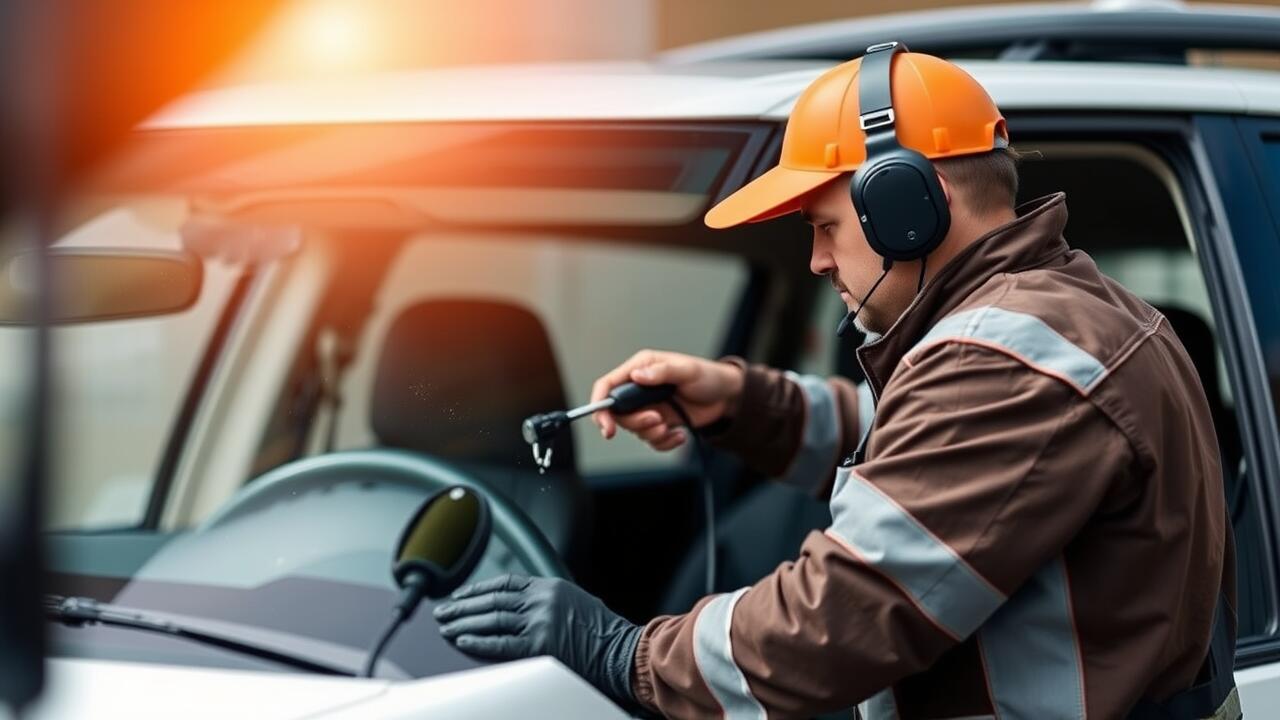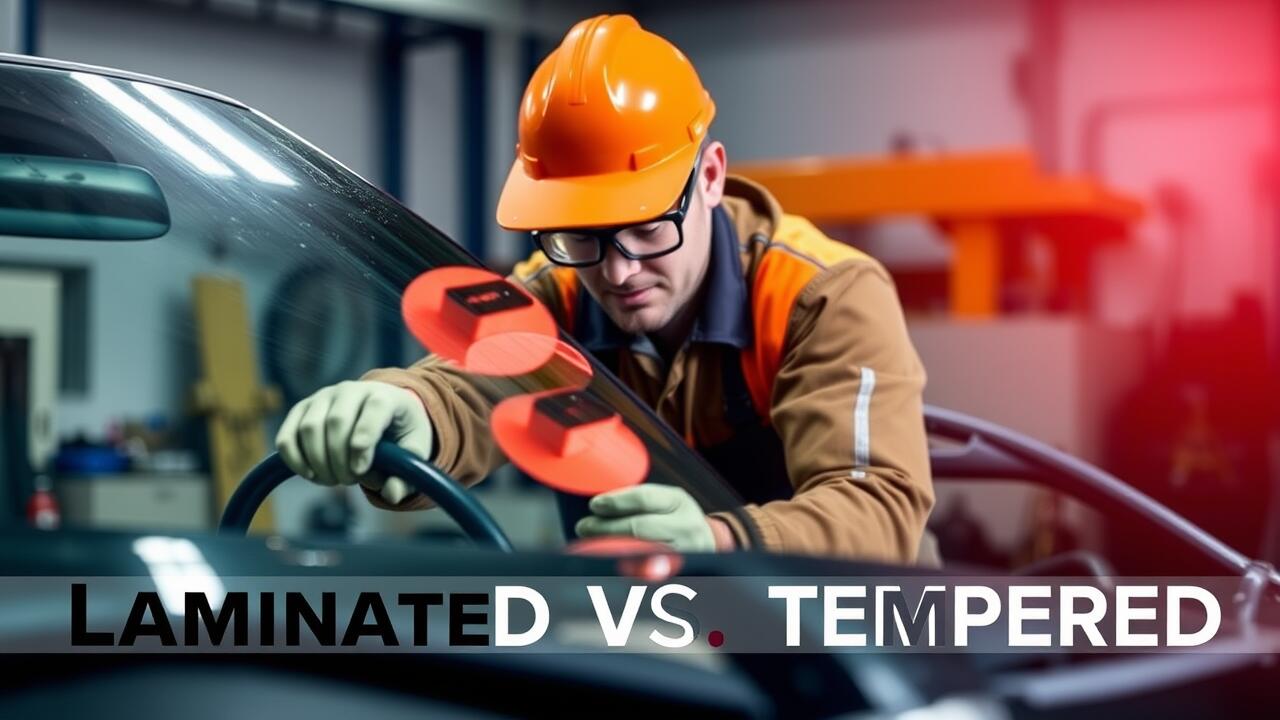
Table Of Contents
Advantages of Tempered Windshields
Tempered windshields are known for their exceptional durability, which enhances vehicle safety. The process of tempering involves heating the glass and then rapidly cooling it, resulting in a stronger structure. This increased toughness makes tempered windshields resistant to damage from minor impacts, such as small stones or debris. Their robust nature can help provide added protection to passengers and the vehicle’s interior.
Another significant advantage of tempered glass is its ability to shatter into small, blunt pieces when broken, minimizing the risk of injury. Unlike regular glass, which can create sharp shards, tempered glass allows for a safer breakup. Even if a tempered windshield does sustain damage, the overall risk of severe injuries can be reduced. This feature becomes particularly important during windshield replacement, as it not only affects safety but can also impact repair costs.
Durability and Shatter Resistance
Tempered windshields possess a unique manufacturing process that enhances their durability significantly. The glass is heated to high temperatures and then rapidly cooled, resulting in a material that can withstand greater stress than standard glass. This process creates a strong structure that resists both abrasions and impacts. In the event of an accident, tempered glass breaks into small, blunt pieces, reducing the risk of injury from sharp shards. This attribute makes tempered glass a popular choice for vehicle manufacturers prioritizing safety and occupant protection.
Despite their resilience, tempered windshields have limitations regarding repairability. When faced with severe impacts, they may shatter rather than sustain minor damage, leading to necessary replacements. Windshield replacement can be both costly and time-consuming, making it essential for vehicle owners to weigh the pros and cons carefully. The potential for spontaneous breakage due to temperature fluctuations or physical stress further complicates the matter, emphasizing the need for regular maintenance and awareness of any signs of wear.
Disadvantages of Tempered Windshields
Tempered windshields, while known for their strength, can exhibit vulnerabilities when facing certain impacts. Unlike laminated glass, which remains largely intact upon impact, tempered glass shatters upon receiving a strong blow. This behavior not only compromises the structural integrity of the vehicle but can also create hazardous situations for passengers due to the flying shards. In cases of significant damage, windshield replacement becomes necessary, adding to the overall costs of vehicle maintenance.
Another drawback of tempered windshields is their limited repairability. When a chip or crack occurs, the shattering nature of the glass often means that traditional repair methods are ineffective. Instead of simple resin filling, a more extensive approach is required, leading to replacement rather than repair. This necessity for windshield replacement could prove inconvenient for vehicle owners who prefer to avoid extensive downtime and additional expenses.
Vulnerability to Impact and Repairs
Despite their many strengths, tempered windshields exhibit certain vulnerabilities when subjected to impact. When faced with a significant force, such as from a stone or debris, the glass can shatter upon impact, leading to a complete failure of the windshield. This sudden breakage can pose safety risks, as it compromises the integrity of the vehicle's structure and can lead to visibility issues for the driver.
Repairs on tempered glass can present unique challenges as well. When a tempered windshield breaks, it usually cannot be repaired and will require a full windshield replacement. This process can be both time-consuming and costly, impacting the vehicle owner's budget and workflow. The absence of a viable repair option may drive drivers towards early replacements, particularly if they want to ensure their vehicle maintains optimal safety standards.
Comparison of Laminated and Tempered Glass
Laminated and tempered glass differ significantly in their structural composition and performance. Laminated glass consists of two or more layers of glass bonded together with an interlayer, usually made of polyvinyl butyral (PVB). This design allows laminated windshields to maintain their integrity even after being hit by a projectile, as the interlayer keeps shards in place. In contrast, tempered glass is engineered to break into small, blunt pieces upon impact. This characteristic makes tempered glass less prone to injury in an accident, yet it shatters completely, which can complicate windshield replacement if damage occurs.
In terms of installation and repair, laminated windshields usually present fewer challenges. The interlayer can often be repaired if cracks are small and confined, preserving the windshield's functionality and integrity. Conversely, replacing tempered glass frequently becomes necessary after any considerable impact, as it might be too damaged to repair. Overall, the differences between laminated and tempered glass influence not only their durability and safety features but also the approaches to windshield replacement and maintenance.
Performance Under Various Conditions
When evaluating the performance of laminated and tempered windshields under various conditions, it's essential to consider how each type of glass reacts to temperature changes, impacts, and environmental factors. Laminated windshields typically excel in colder climates due to their ability to resist cracking from sudden temperature drops. Their interlayer also helps to maintain integrity during impacts, which is crucial for safety. In scenarios where debris strikes the glass, laminated windshields are less likely to shatter, thus enhancing passenger protection.
Tempered windshields perform well in terms of shatter resistance due to their manufacturing process, which involves rapid heating and cooling. This makes them particularly resilient to high temperatures, but they can be more vulnerable to significant force. When such a windshield suffers damage, the entire piece may shatter into small, harmless pieces, making windshield replacement a necessary consideration. The differences in performance highlight the importance of selecting the right type of windshield based on specific driving conditions and safety priorities.
FAQS
What is the main difference between laminated and tempered windshields?
The main difference lies in their construction; laminated windshields consist of a layer of polyvinyl butyral (PVB) sandwiched between two layers of glass, providing superior impact resistance and preventing shattering. Tempered windshields, on the other hand, are made from a single piece of glass that has been heat-treated for strength but shatters into small, blunt pieces upon impact.
What are the advantages of tempered windshields?
Tempered windshields are known for their durability and shatter resistance. They are less likely to break under normal driving conditions and can withstand significant temperature variations.
What are the disadvantages of tempered windshields?
A key disadvantage of tempered windshields is their vulnerability to impact. Unlike laminated glass, they shatter upon strong impact, which can pose safety risks. Additionally, repairs on tempered glass are often not possible, requiring full replacement instead.
How do laminated and tempered windshields perform under various conditions?
Laminated windshields perform better in terms of safety during impacts, as they typically remain intact and prevent ejection of passengers. They also provide better sound insulation and UV protection. Tempered windshields, while strong, can fail dramatically upon impact, and do not offer the same level of protection against noise and UV rays.
Which type of windshield is recommended for my vehicle?
The recommendation depends on your driving habits and environment. Laminated windshields are generally recommended for safety and comfort, especially in areas prone to accidents. Tempered windshields may be suitable for vehicles where shatter resistance and durability are prioritized, but it's important to consider the trade-offs in terms of safety and repairability.


